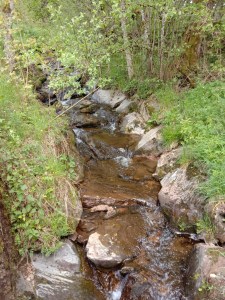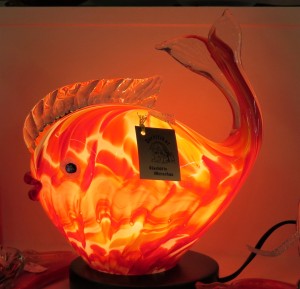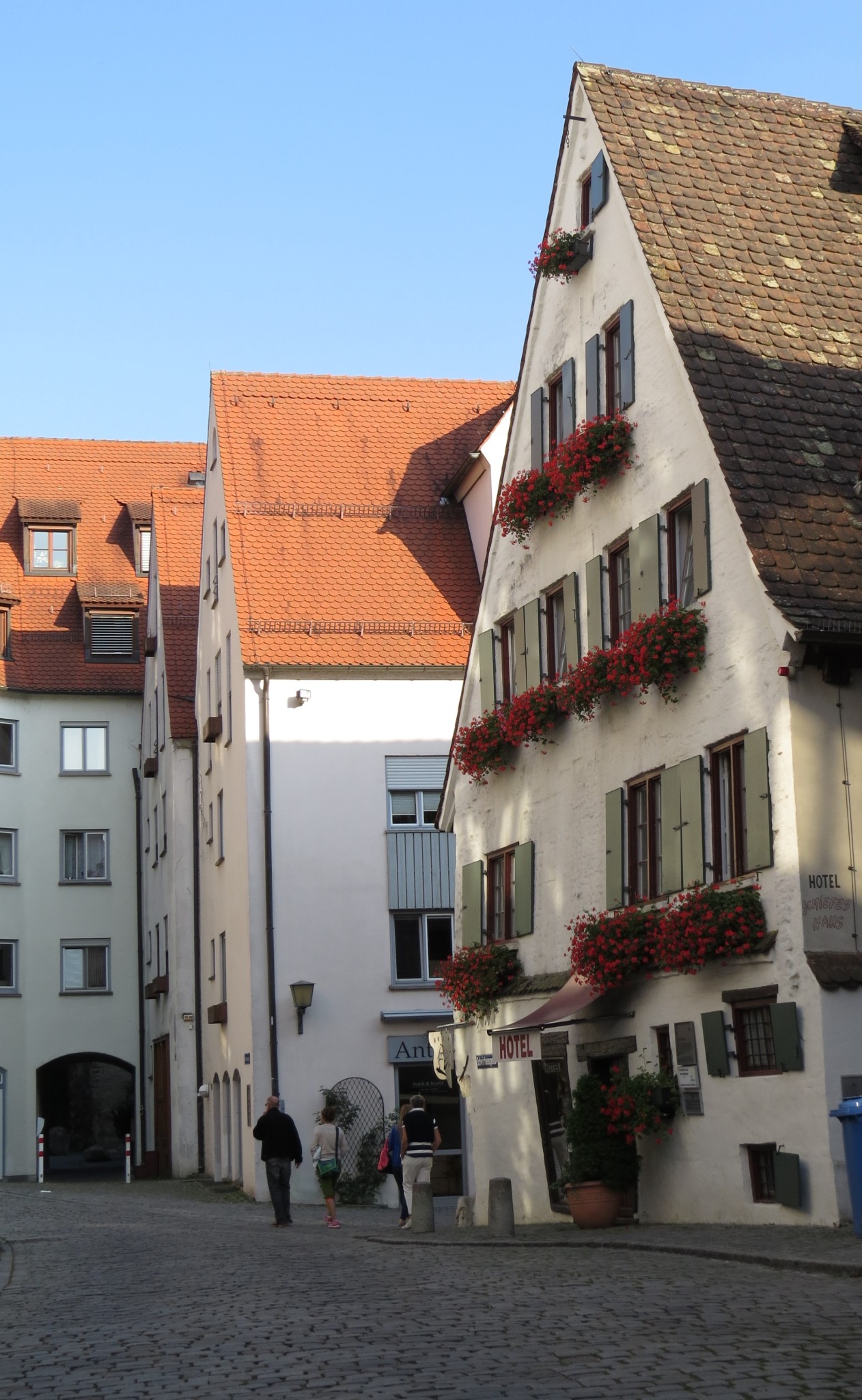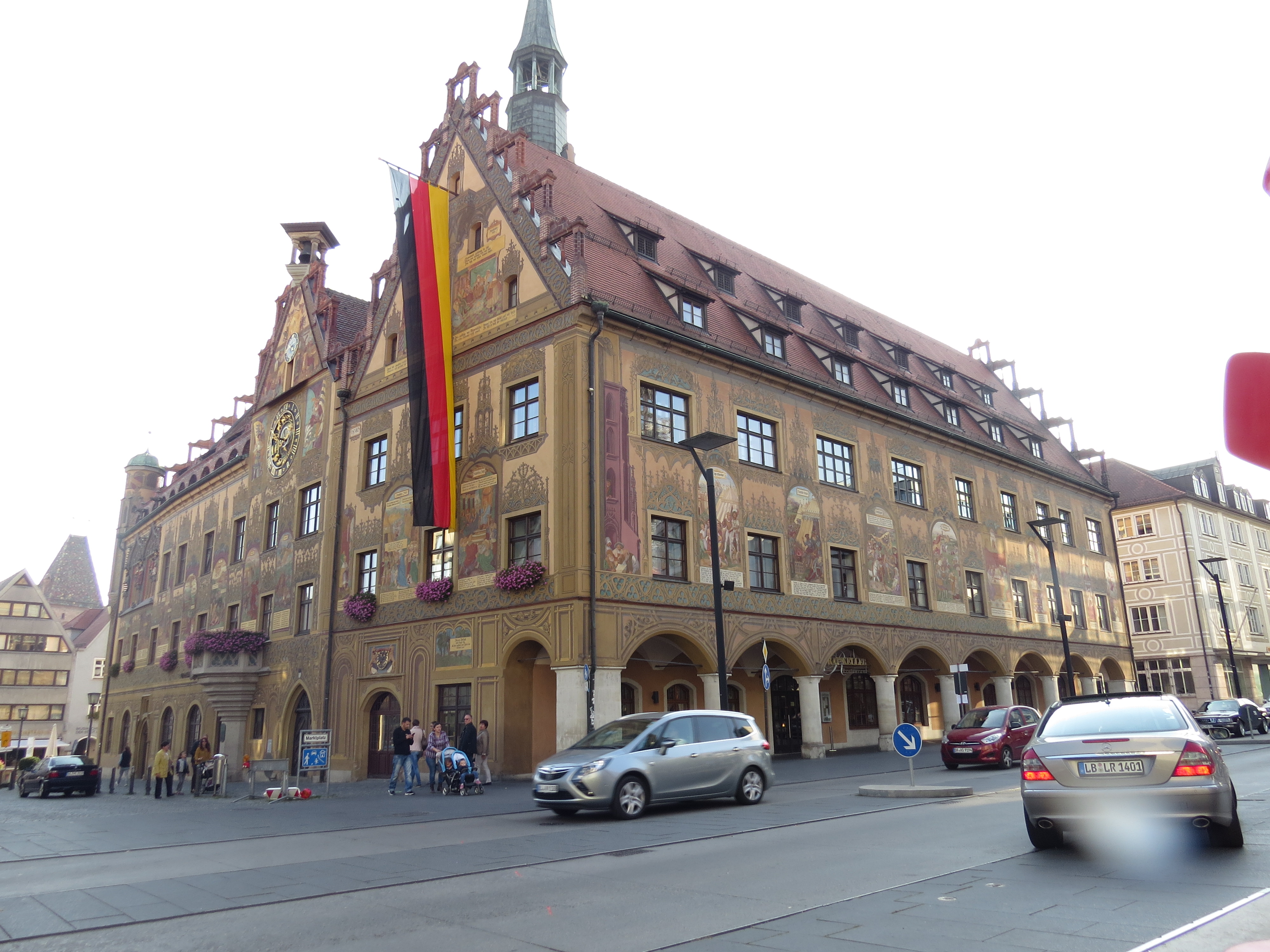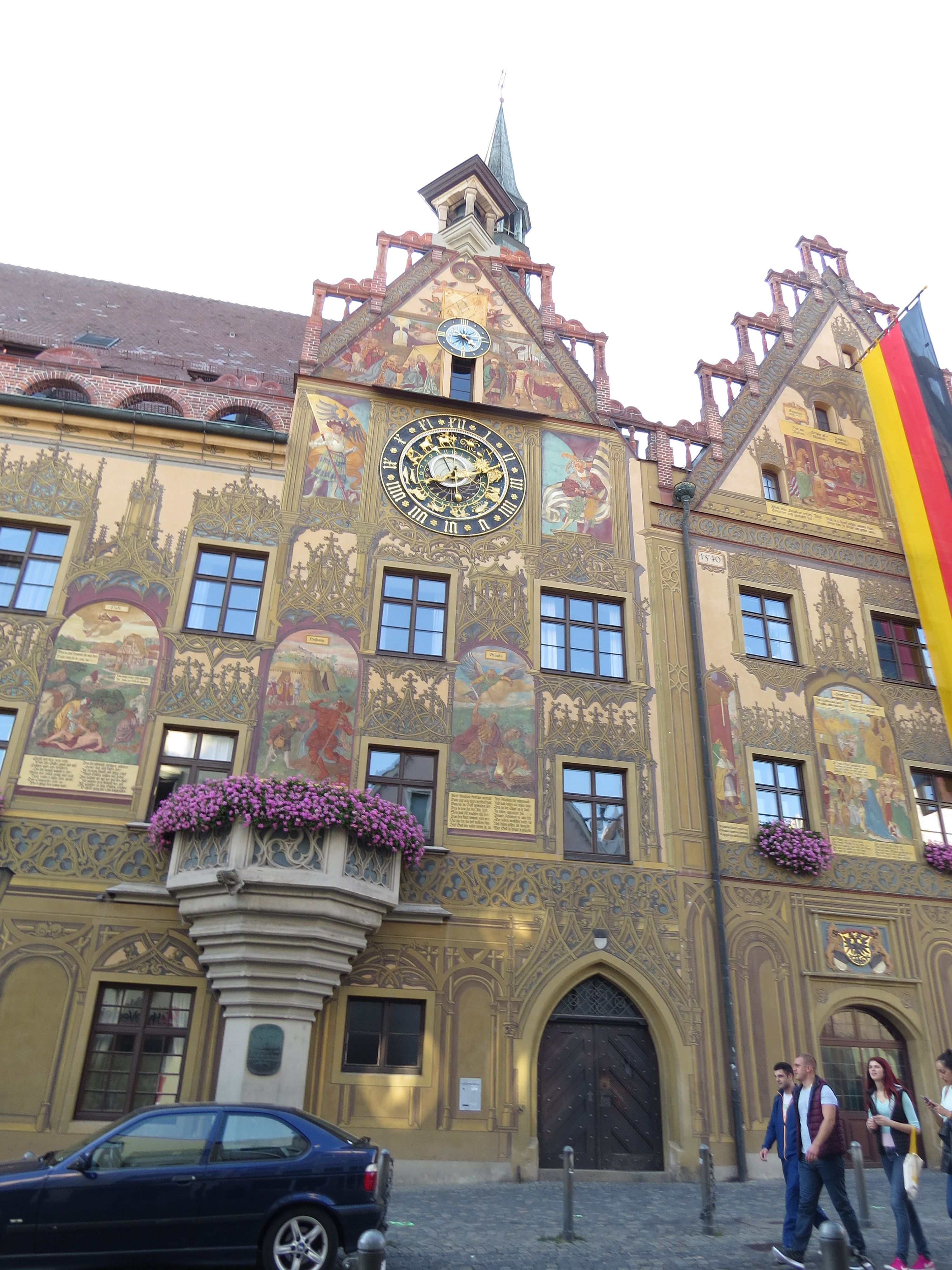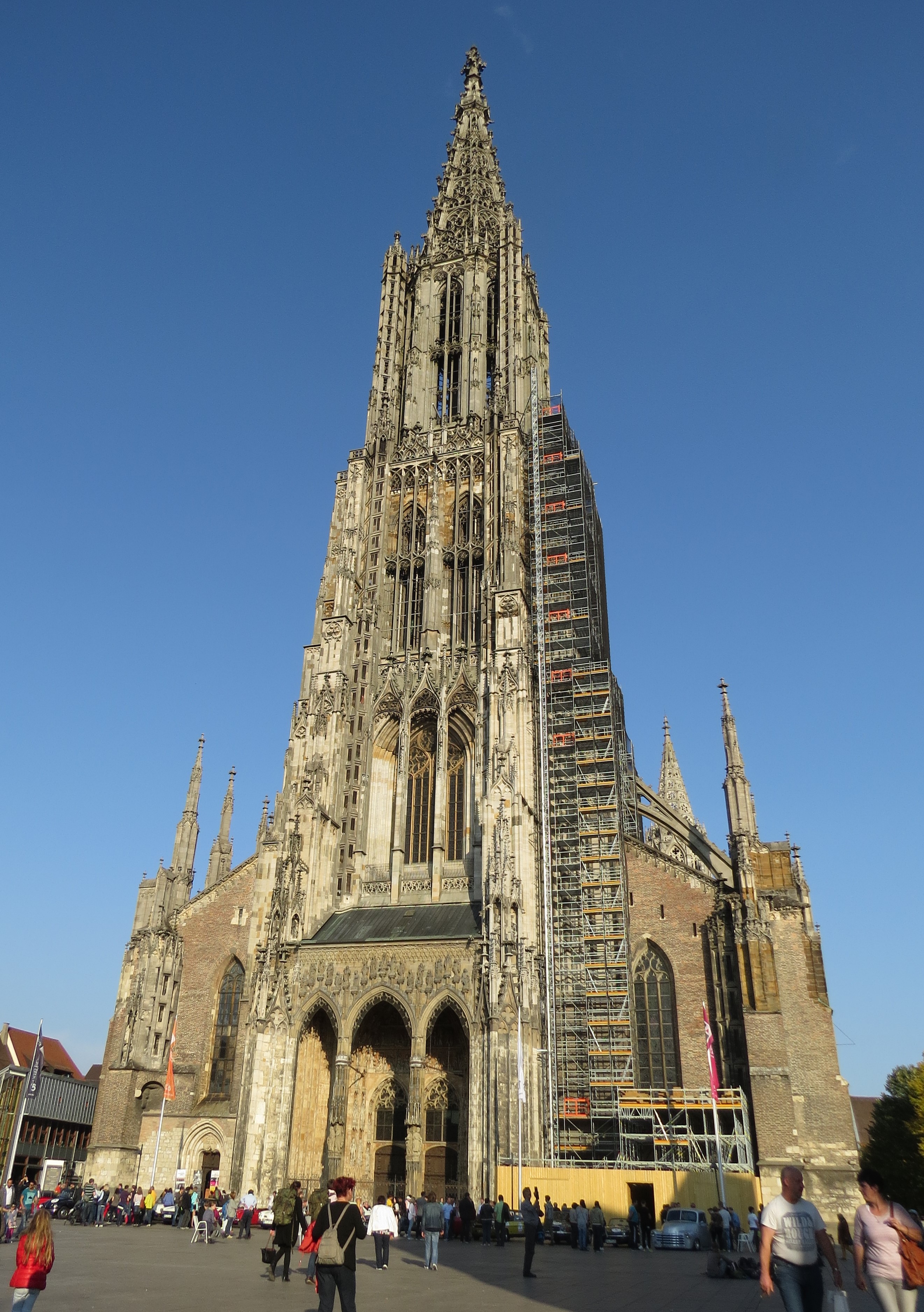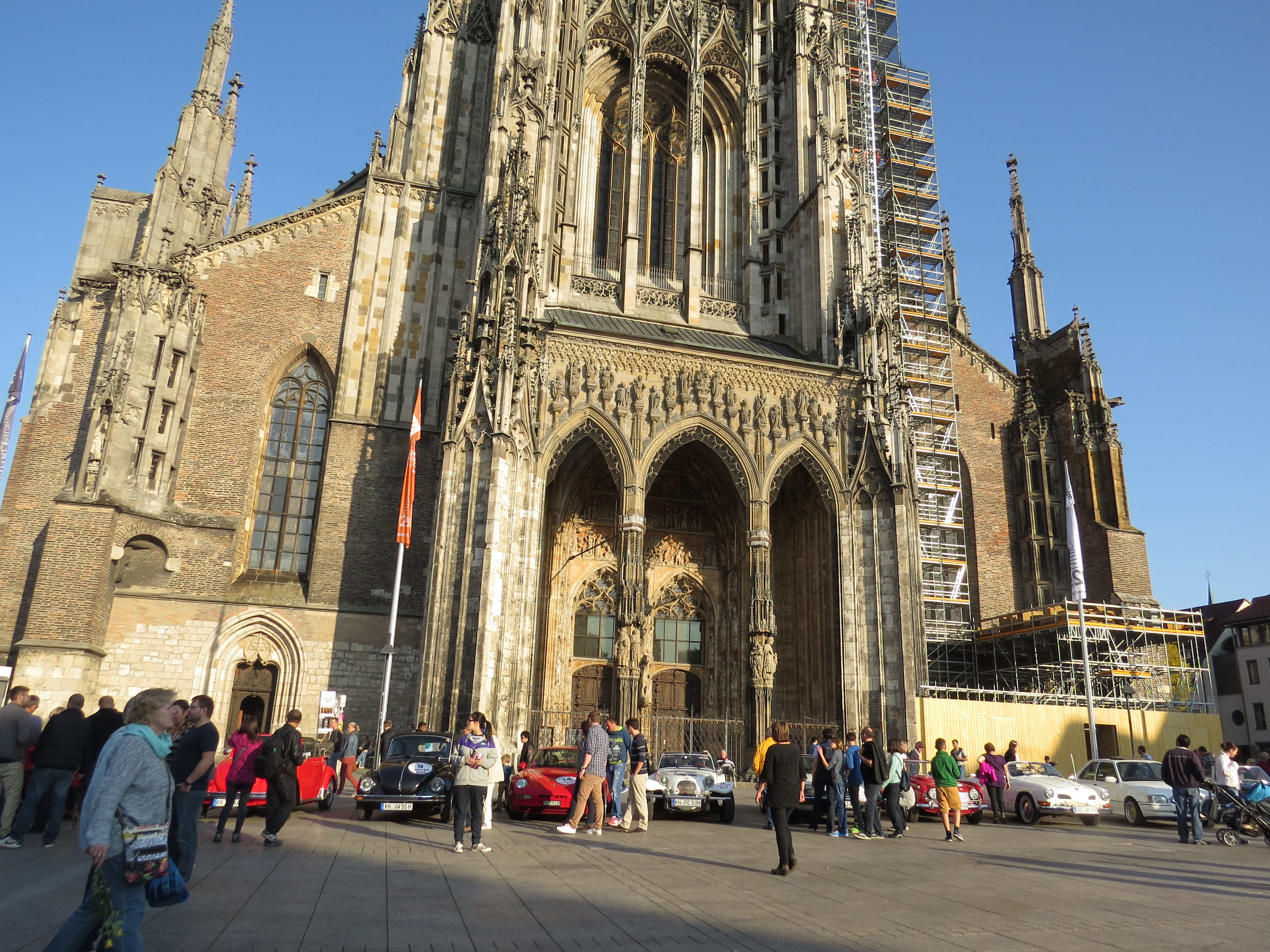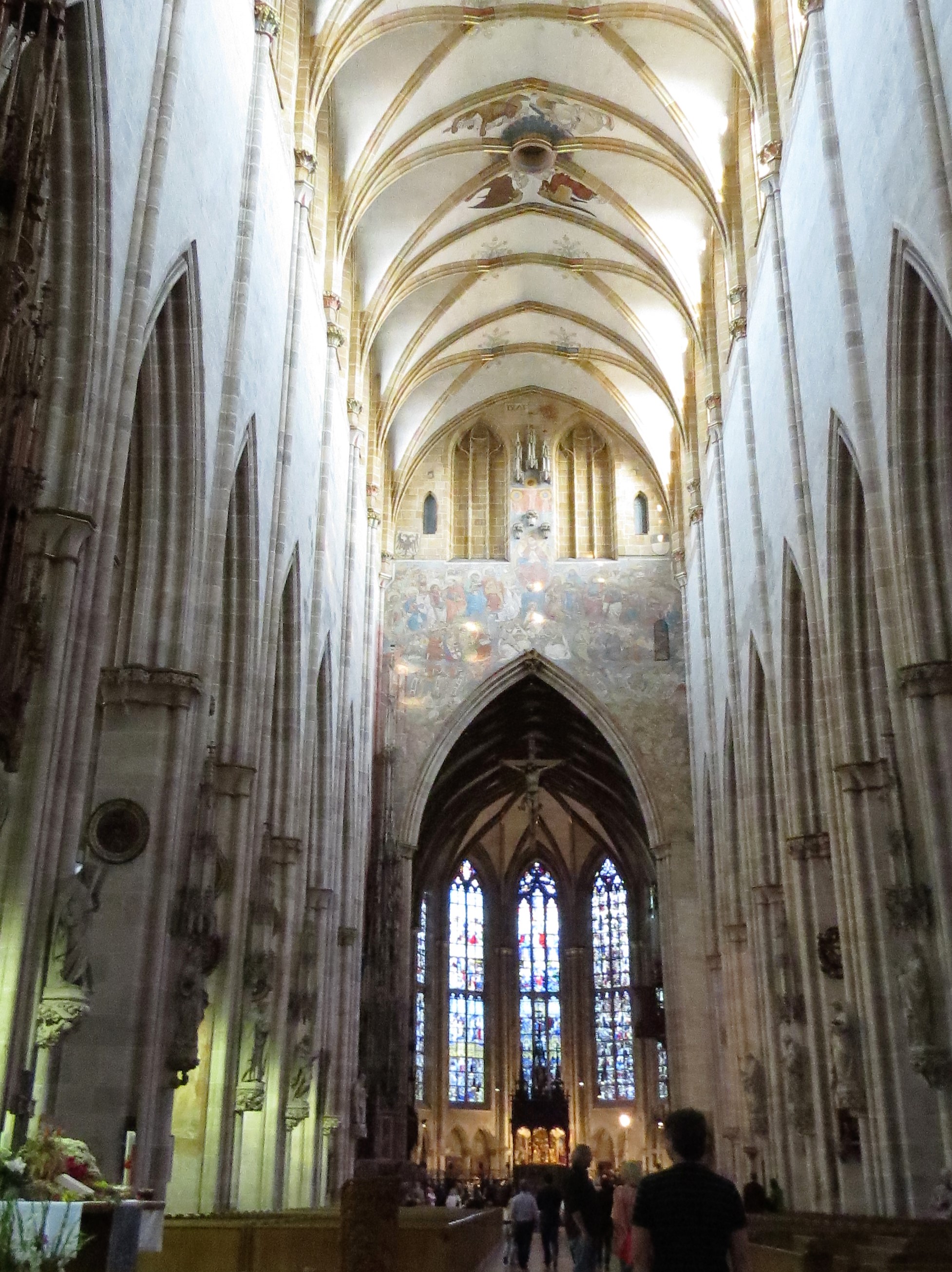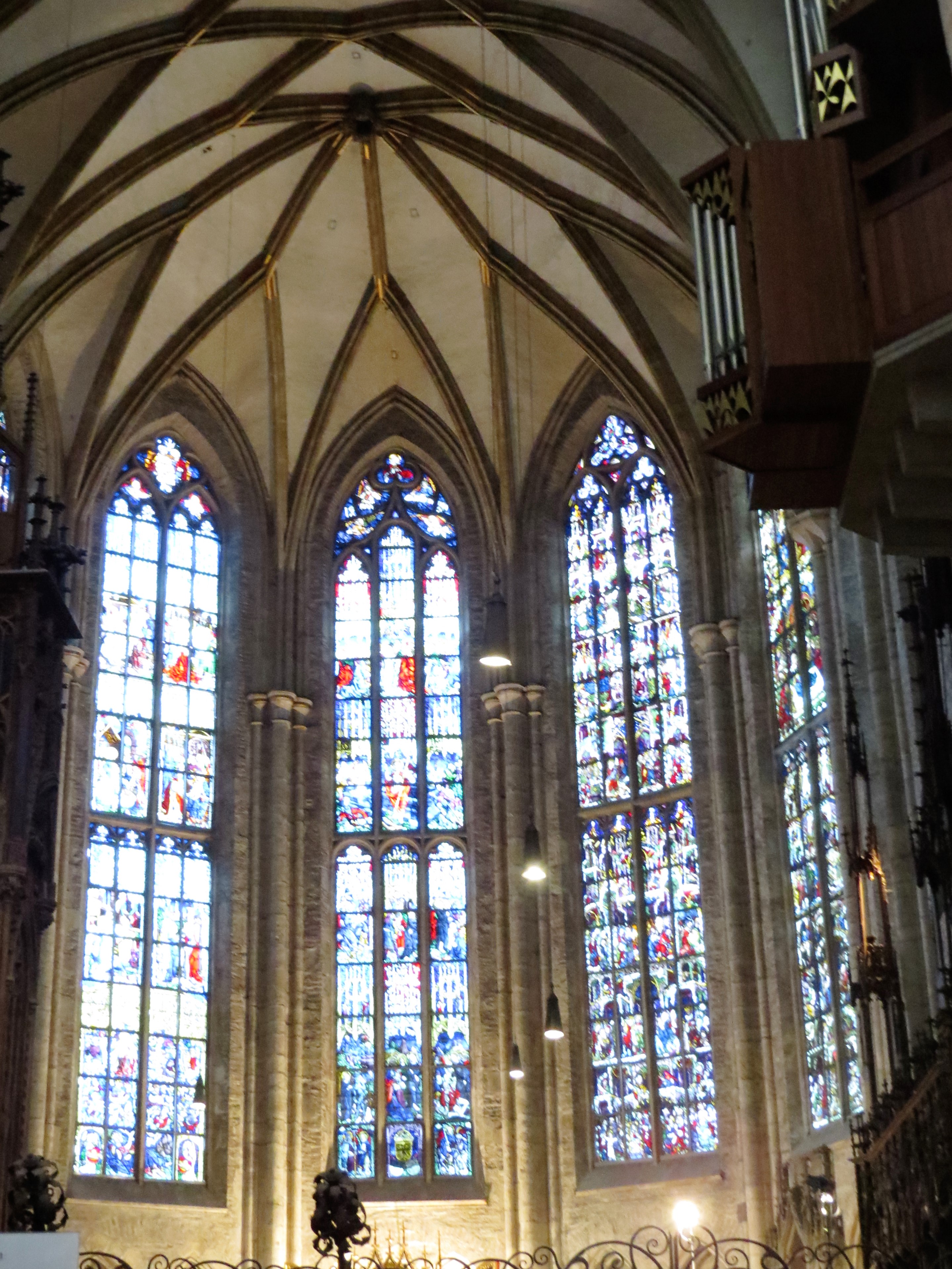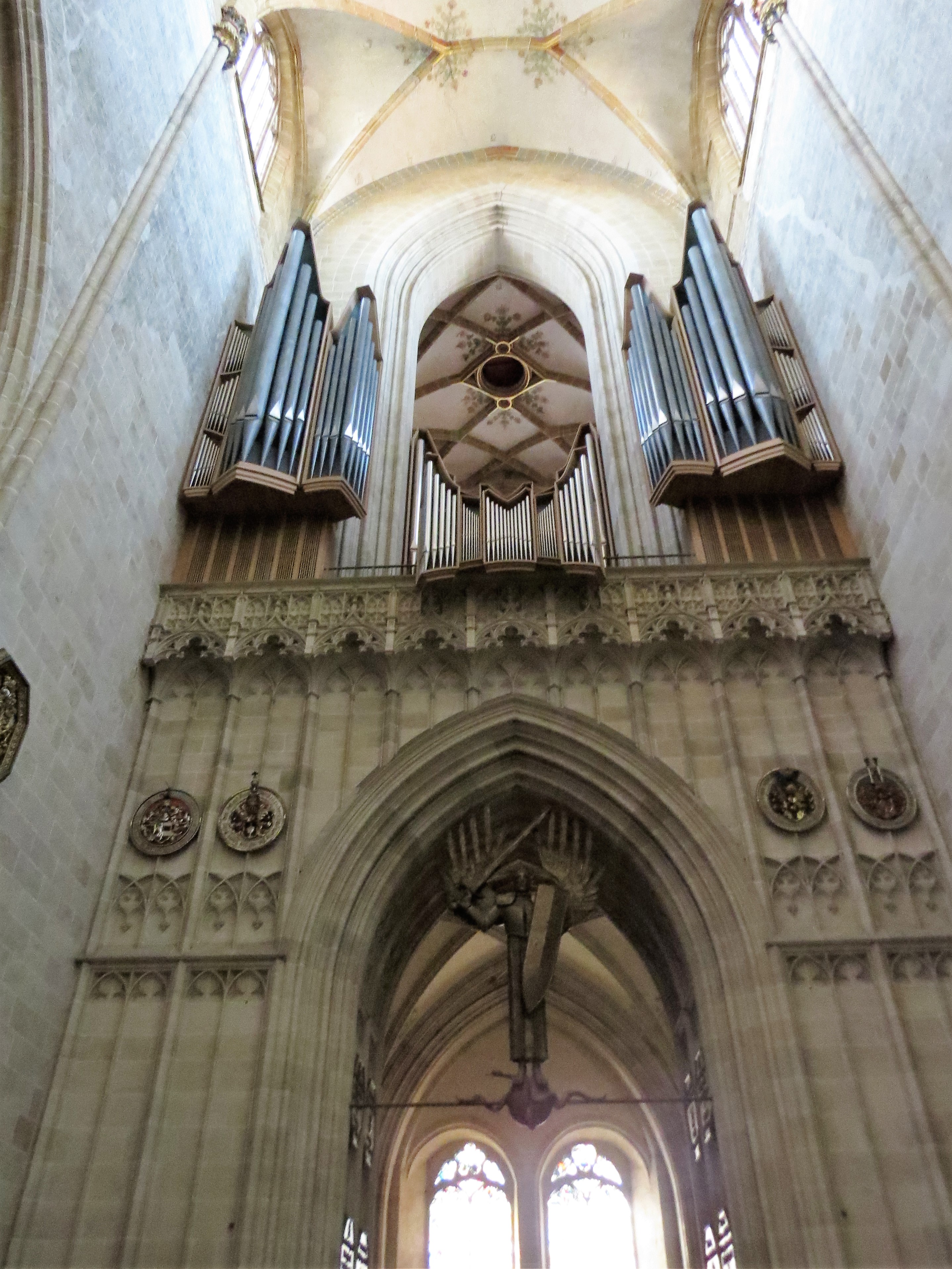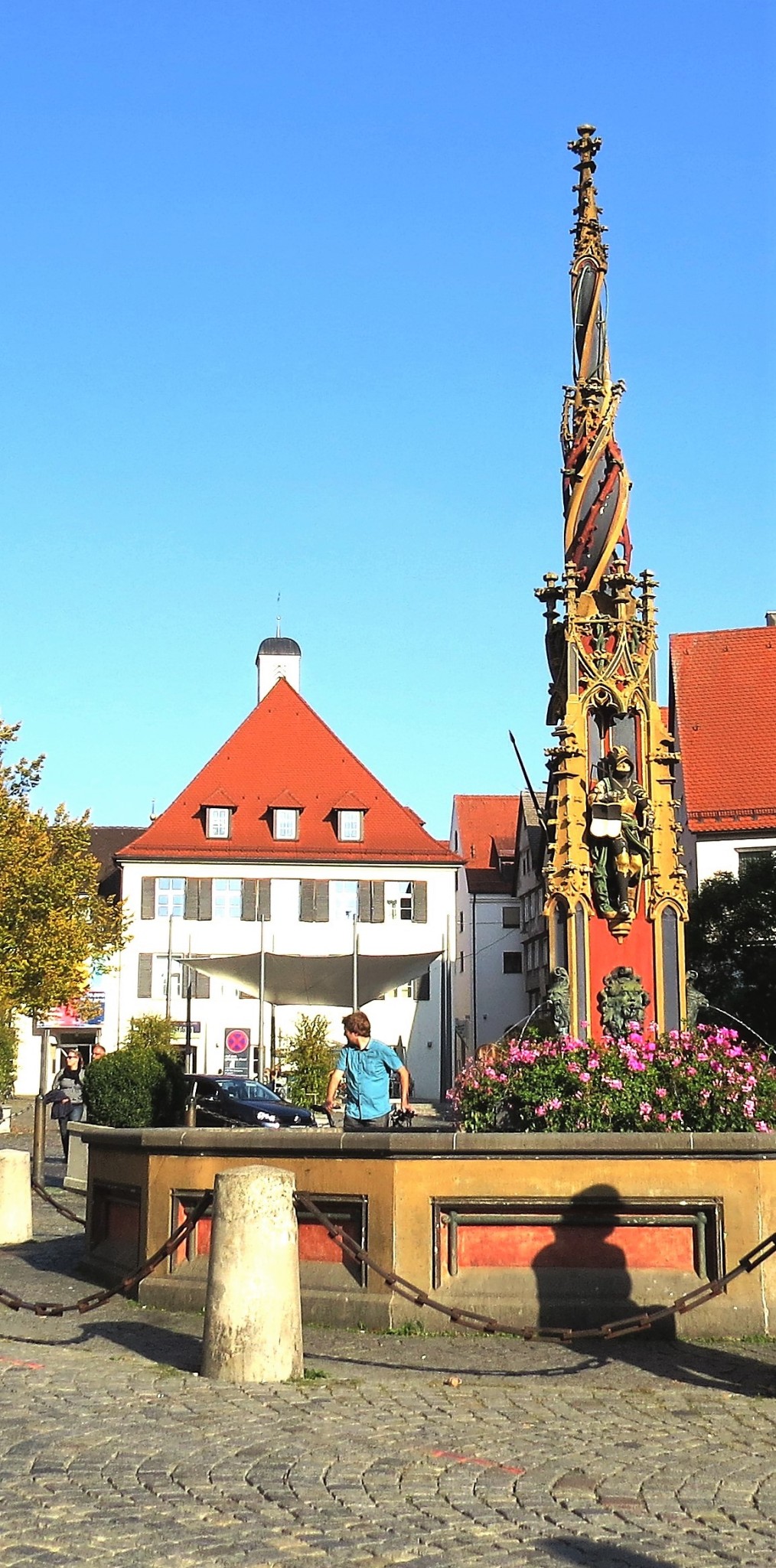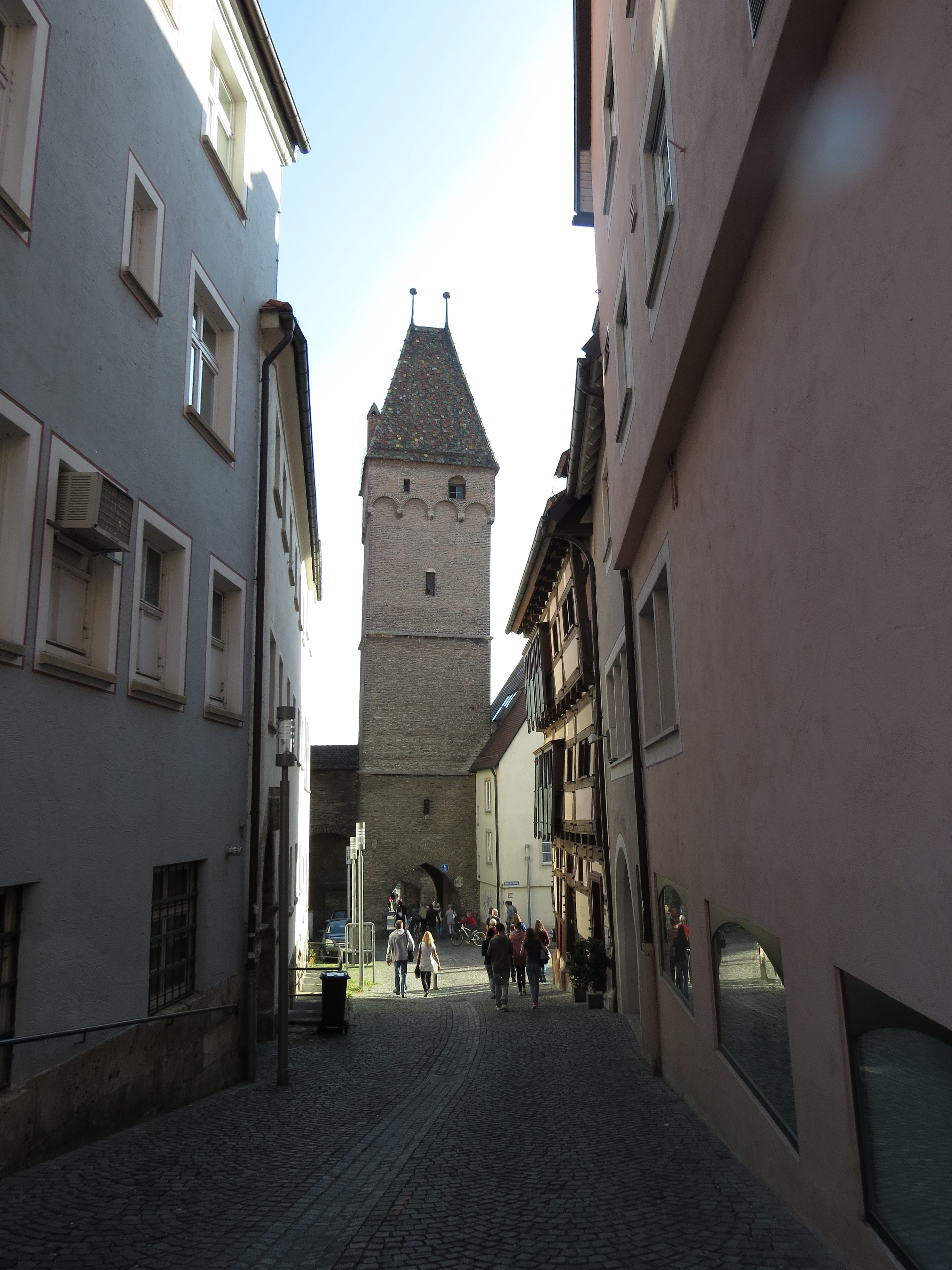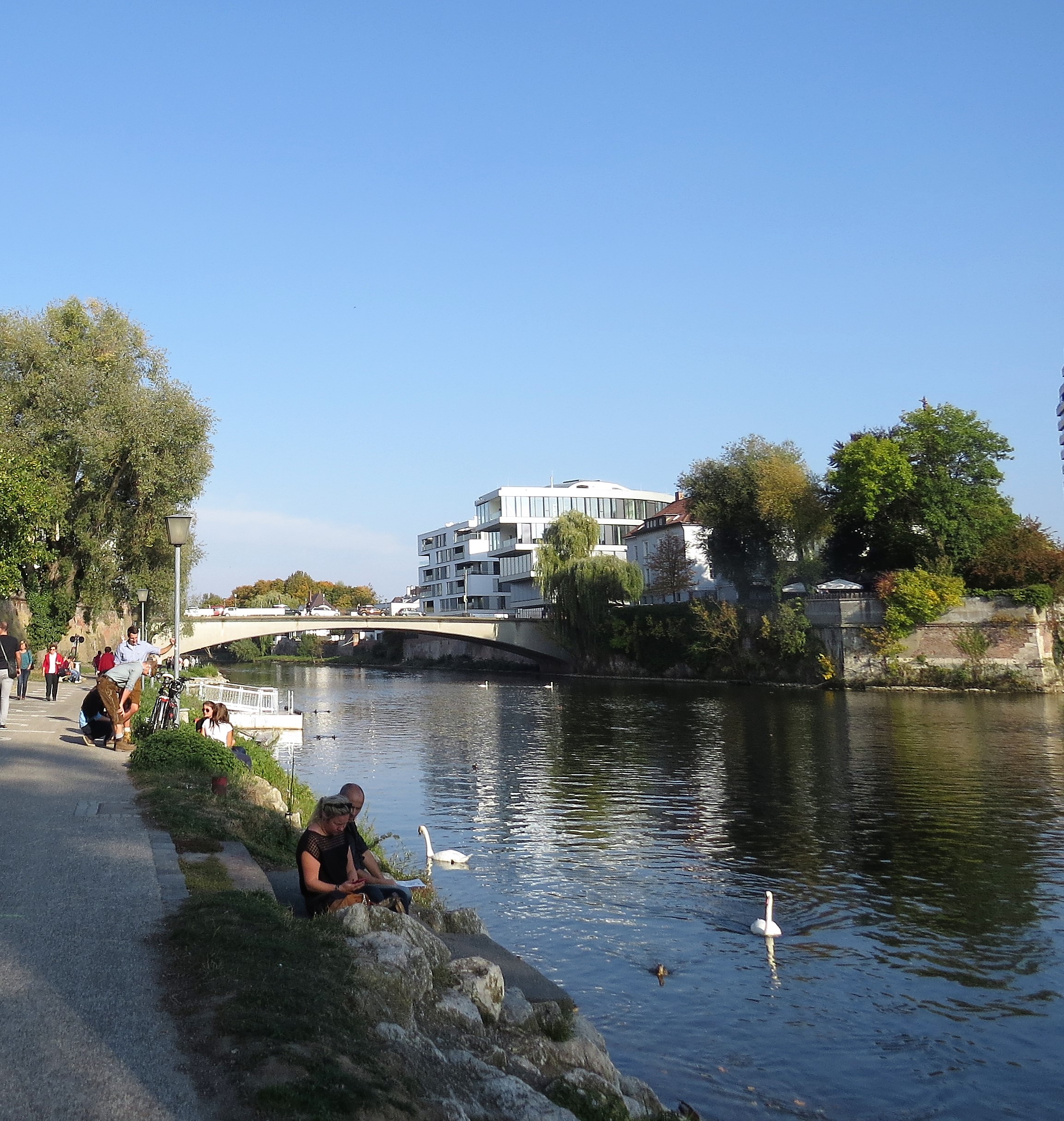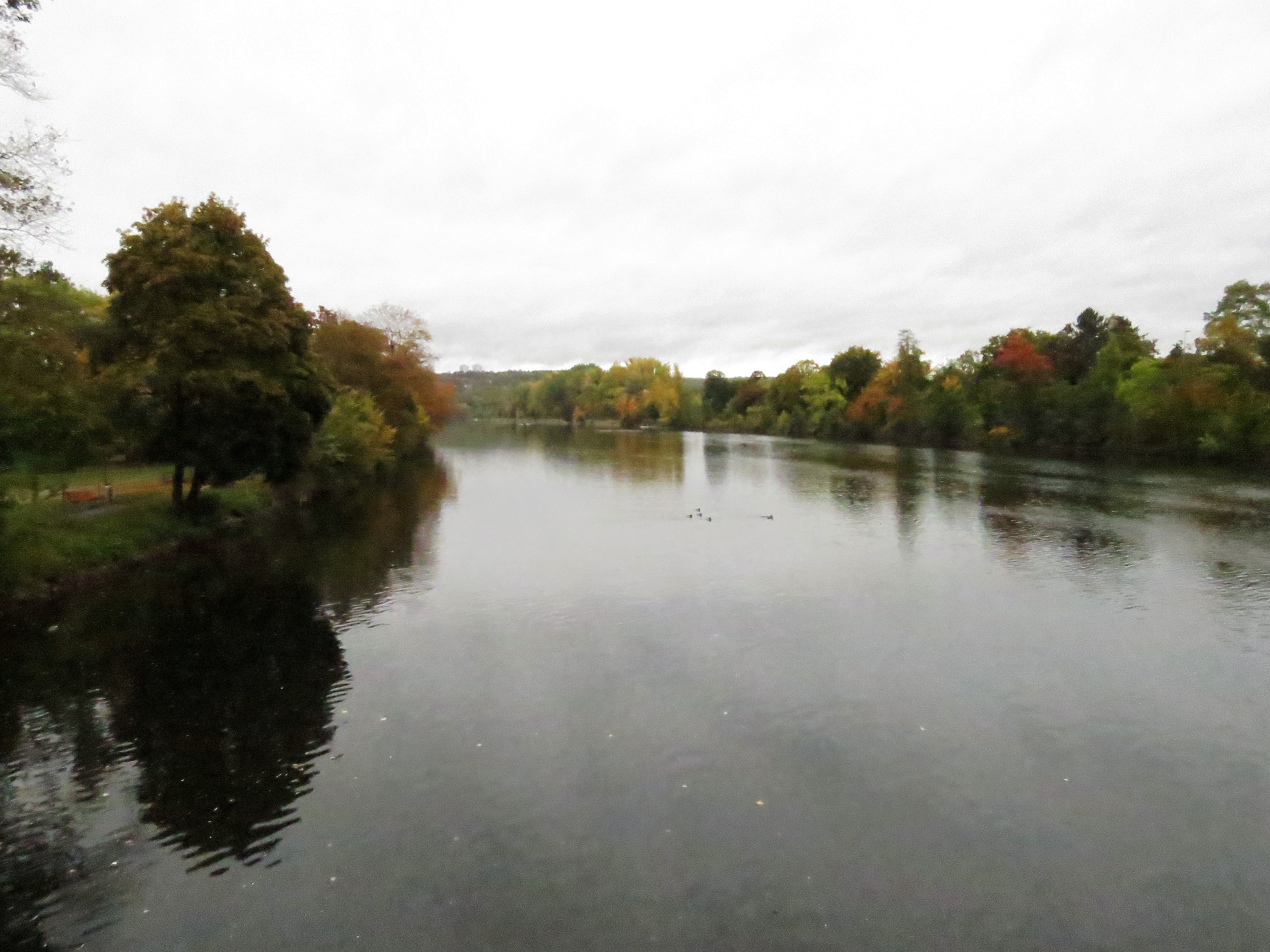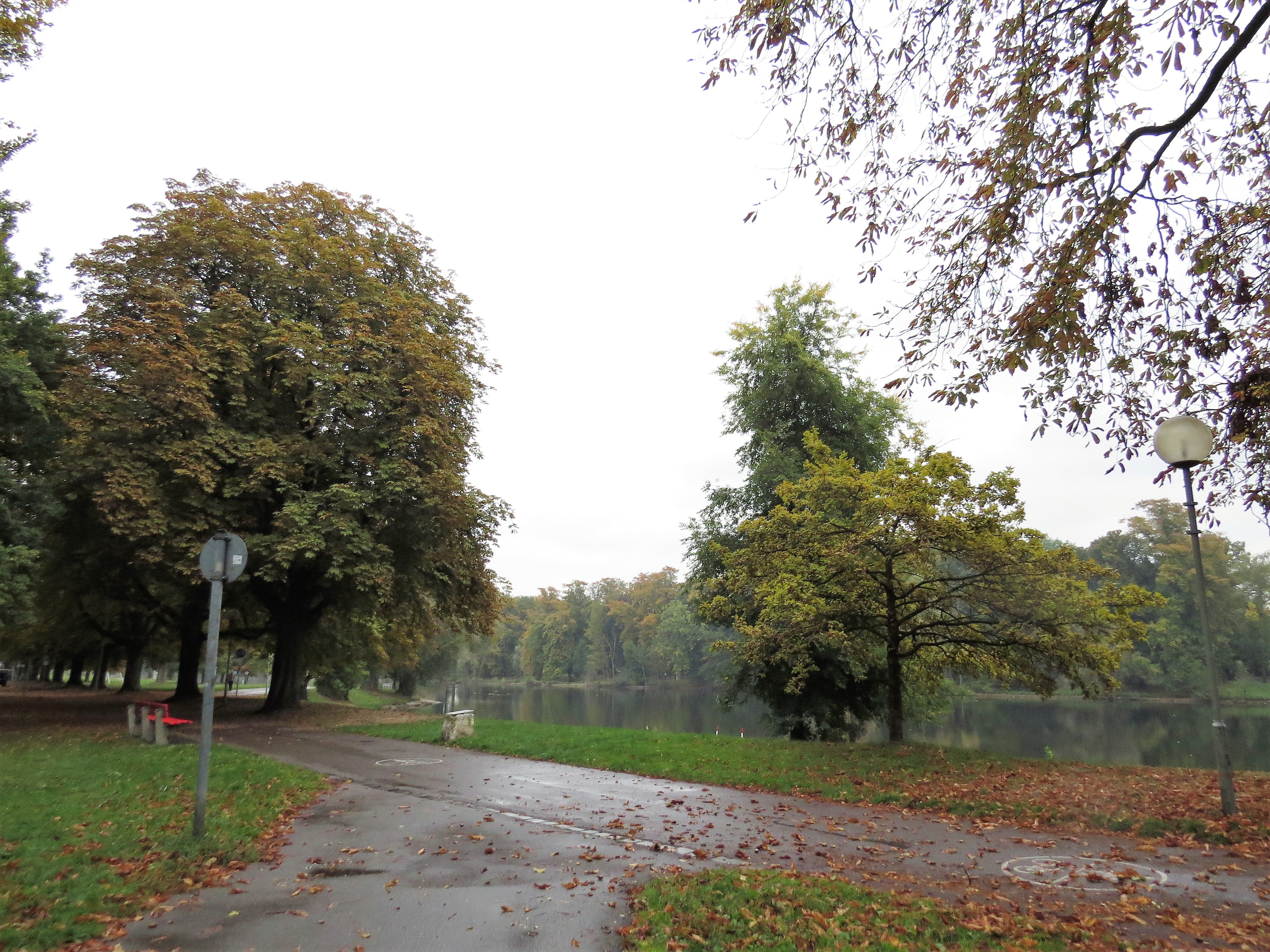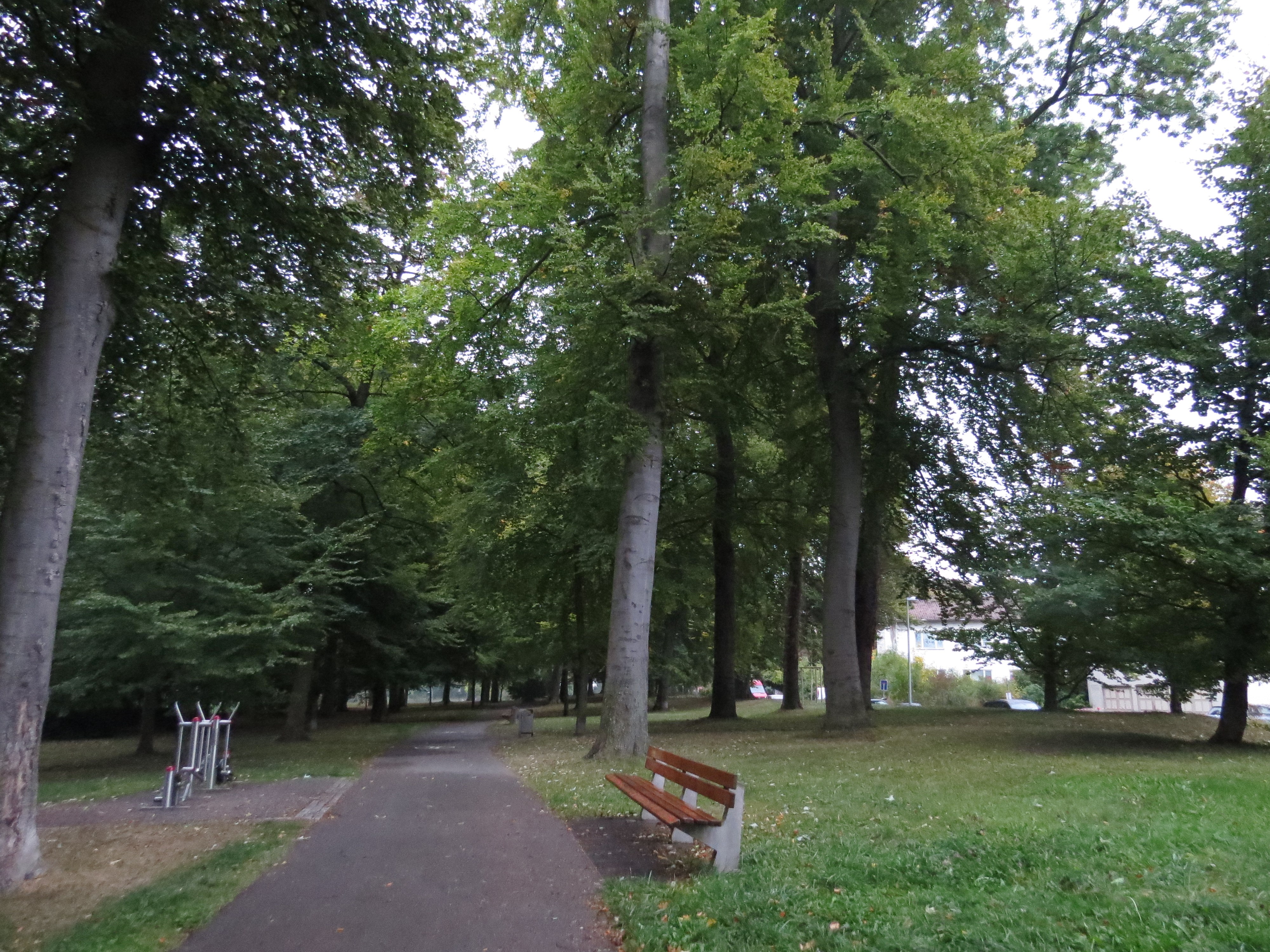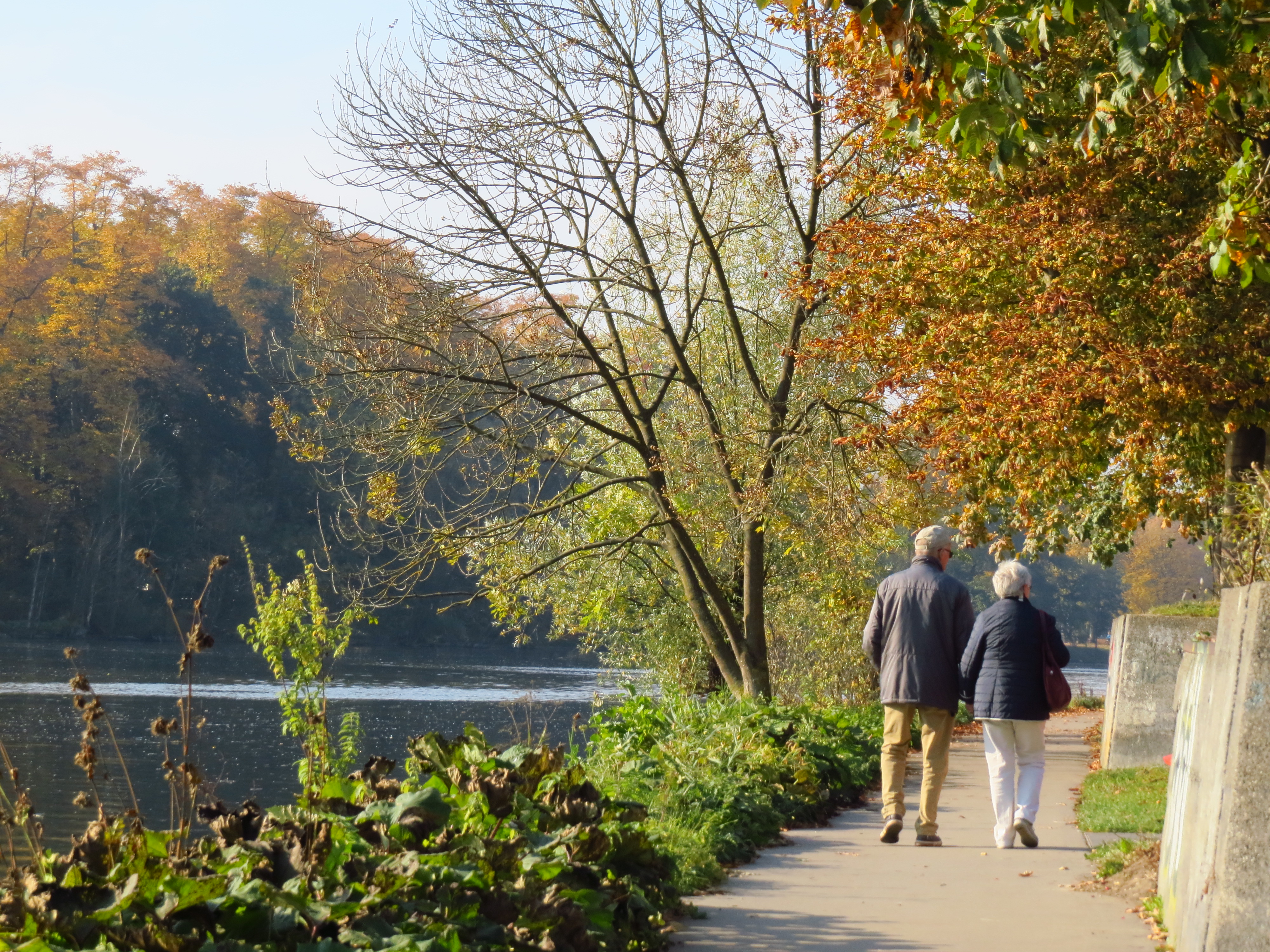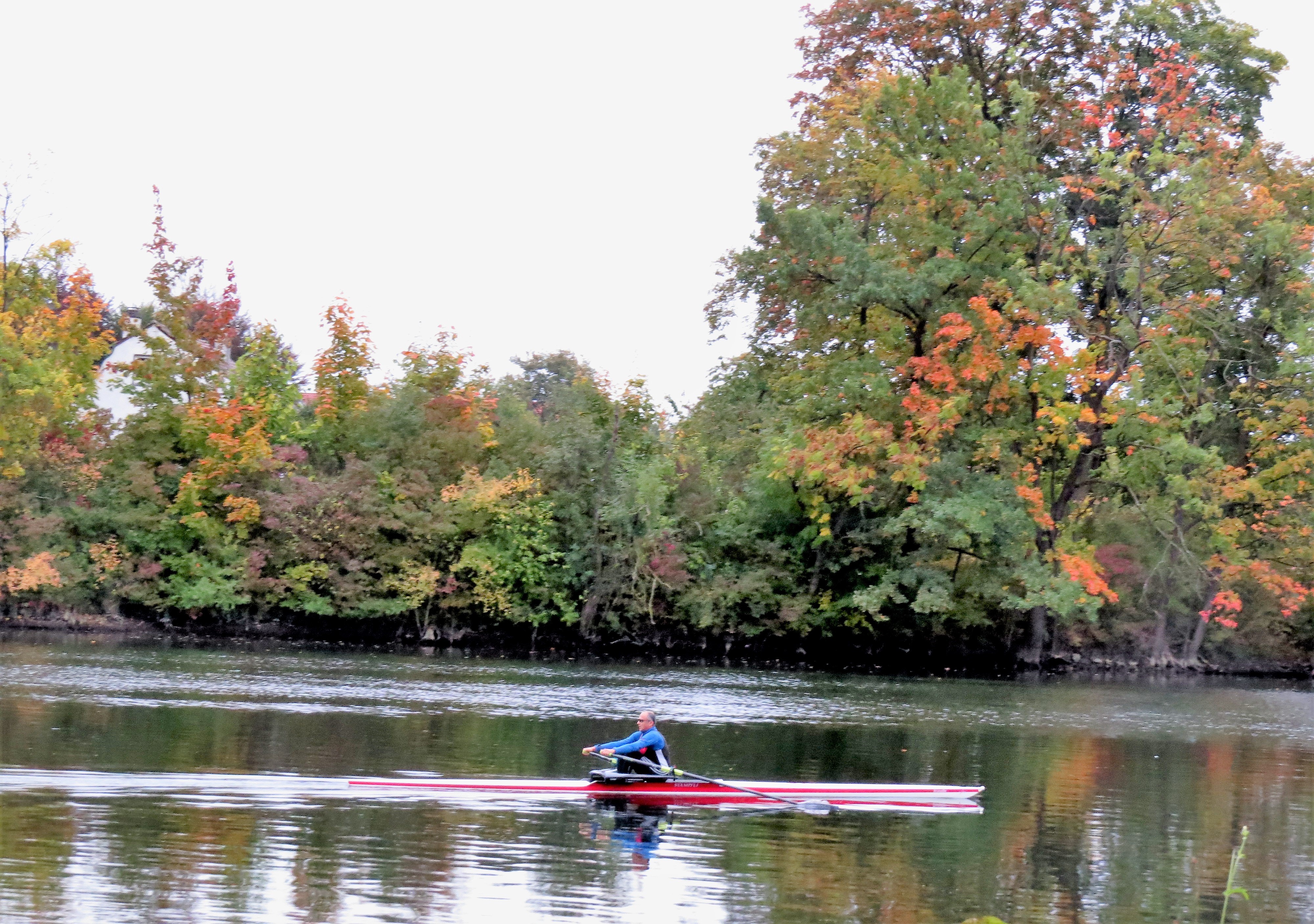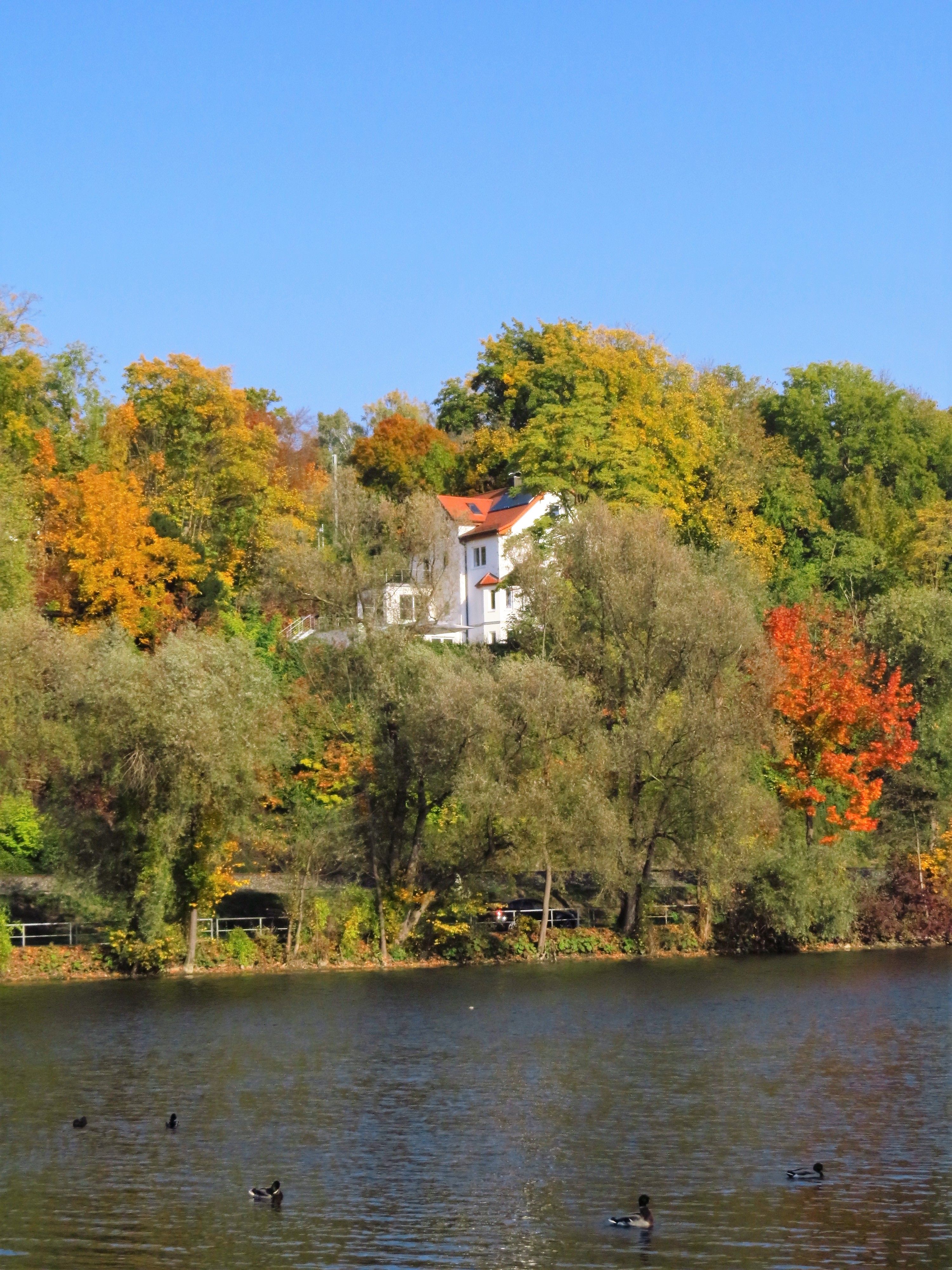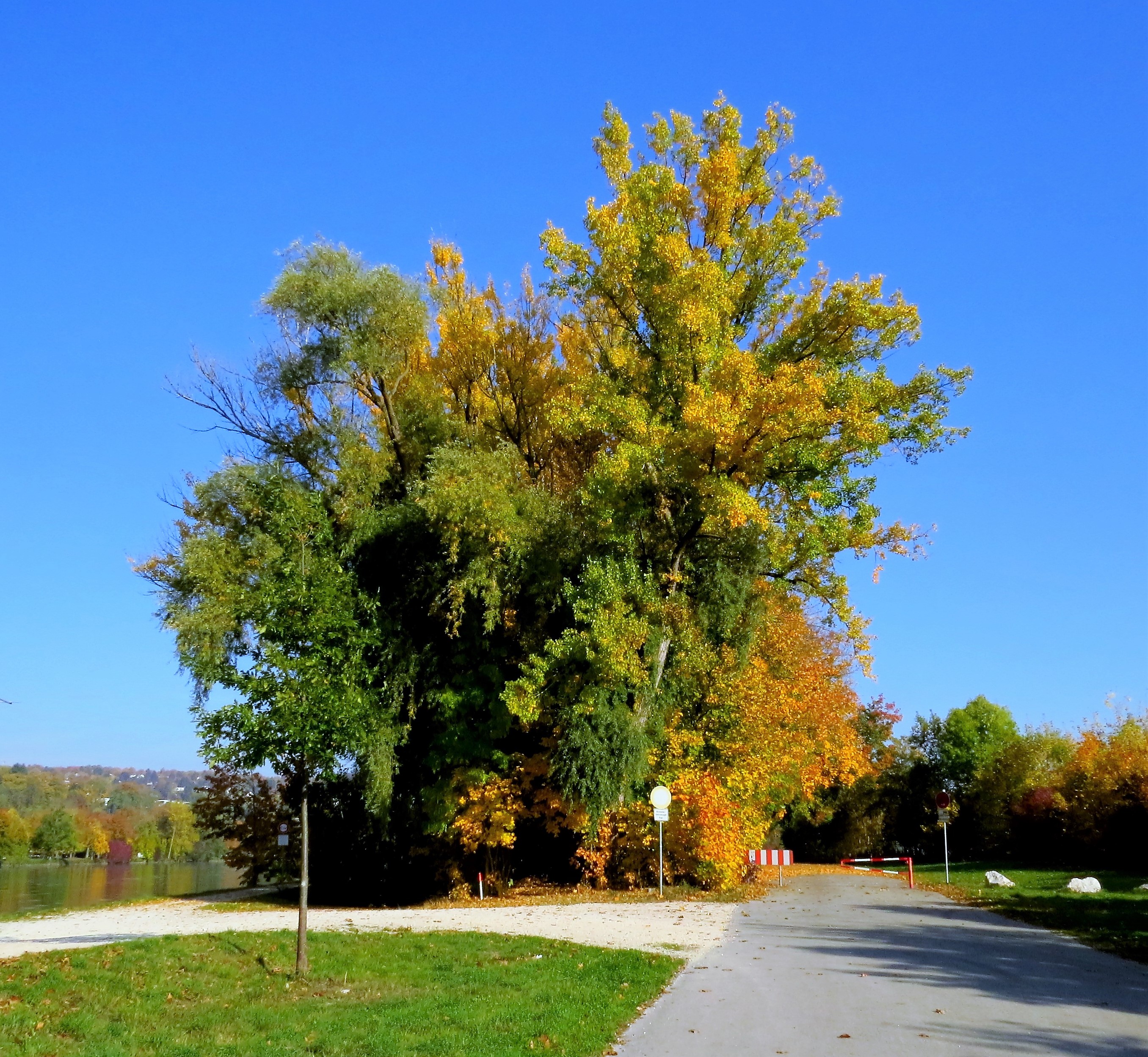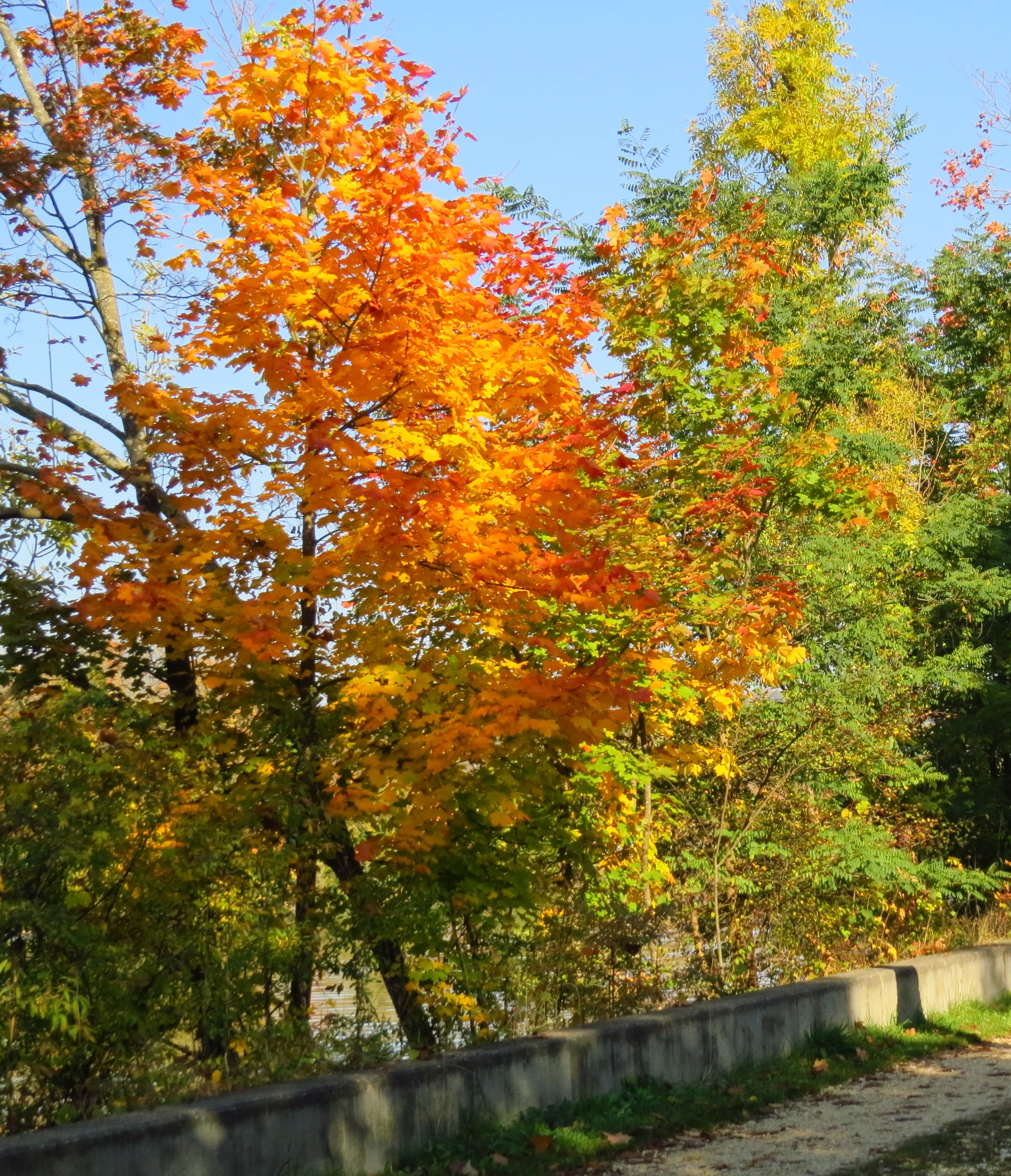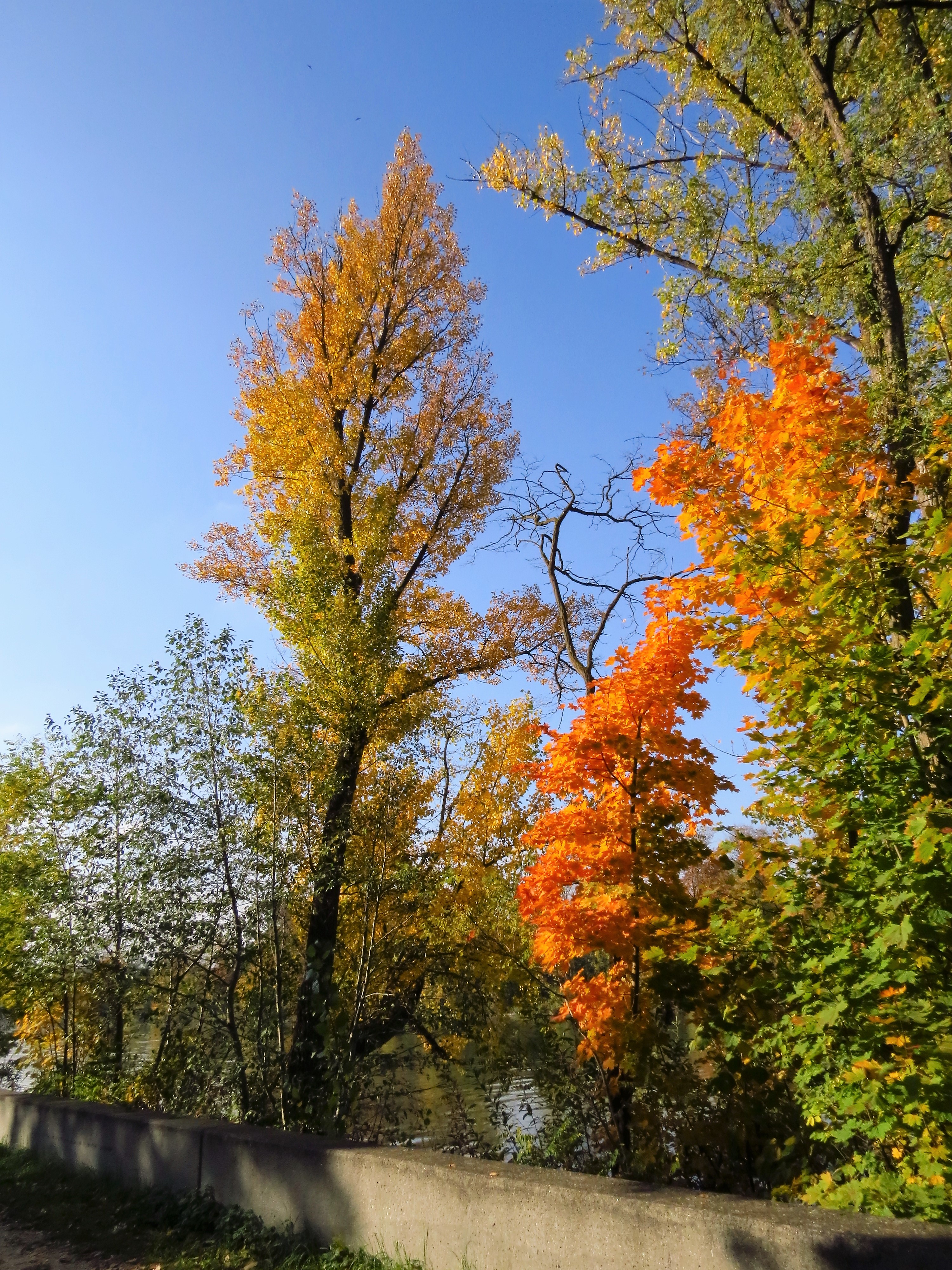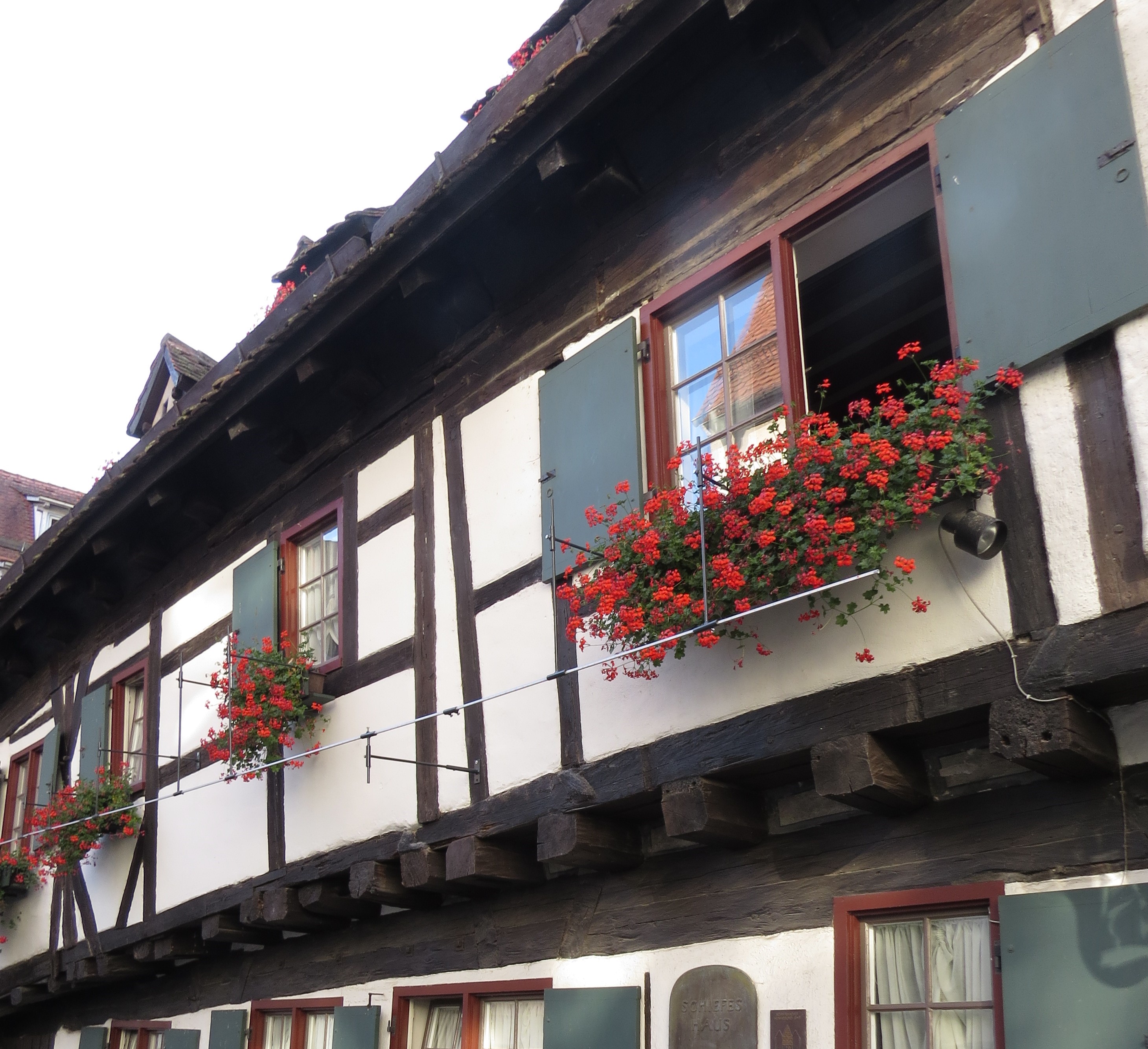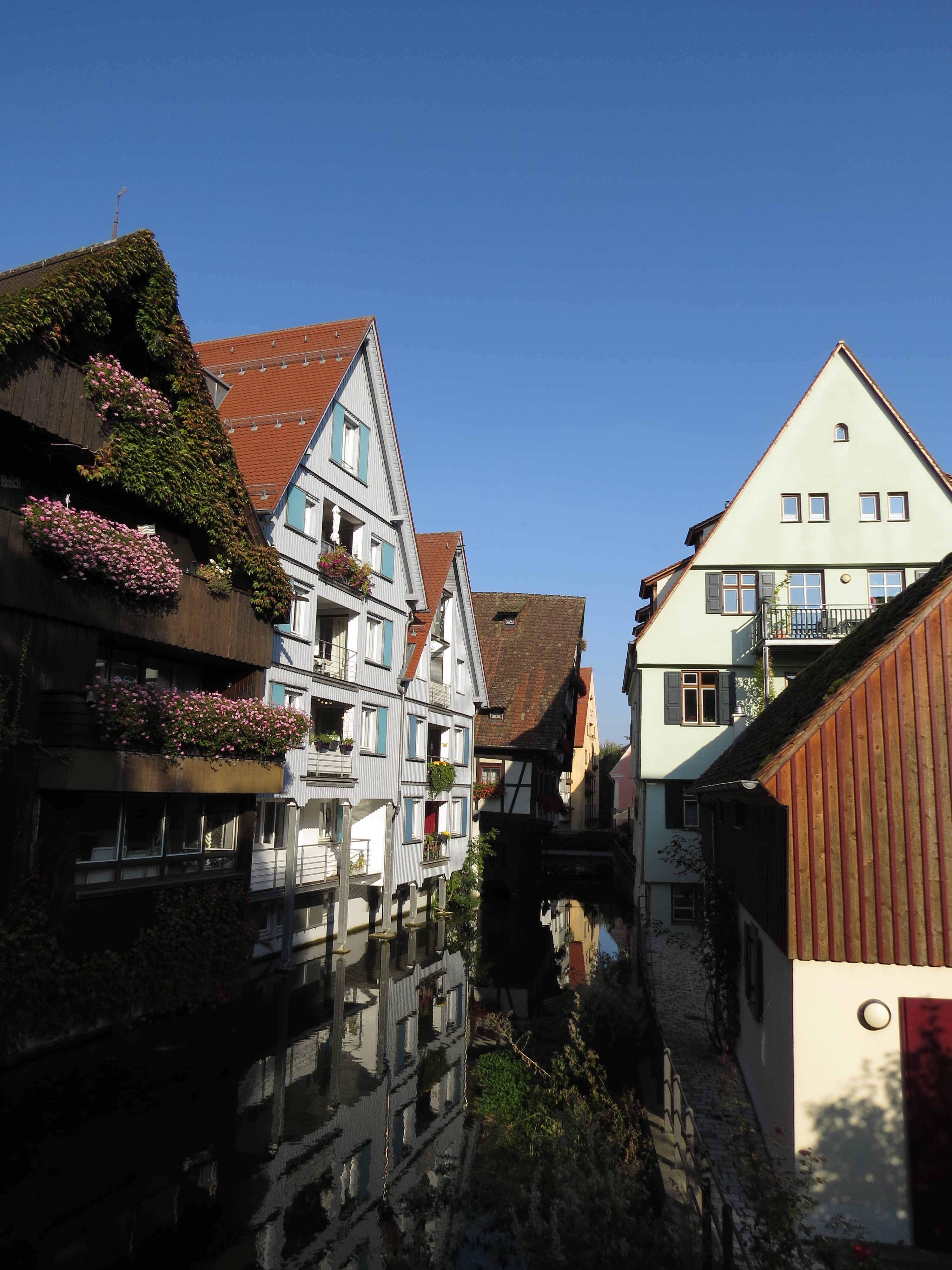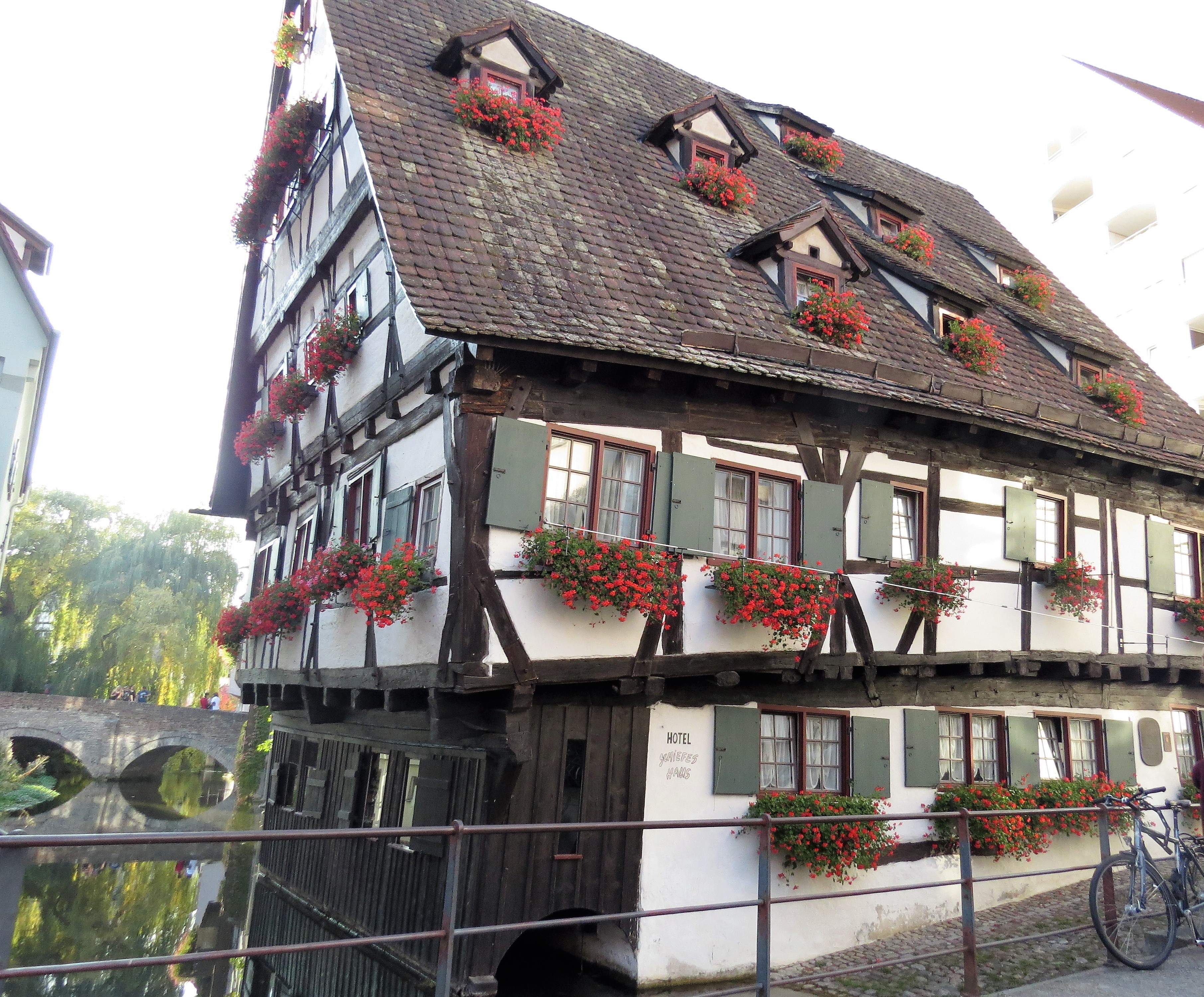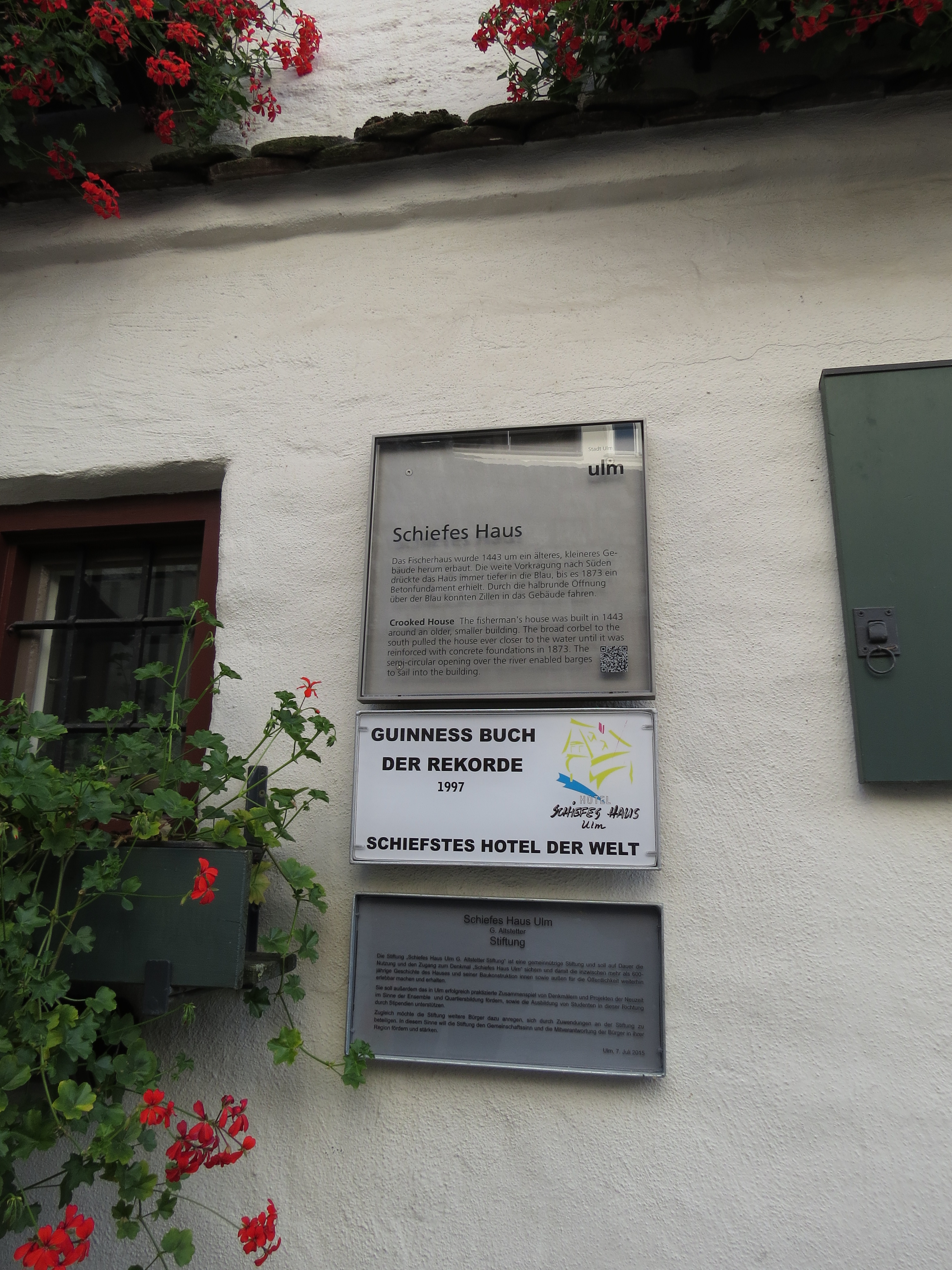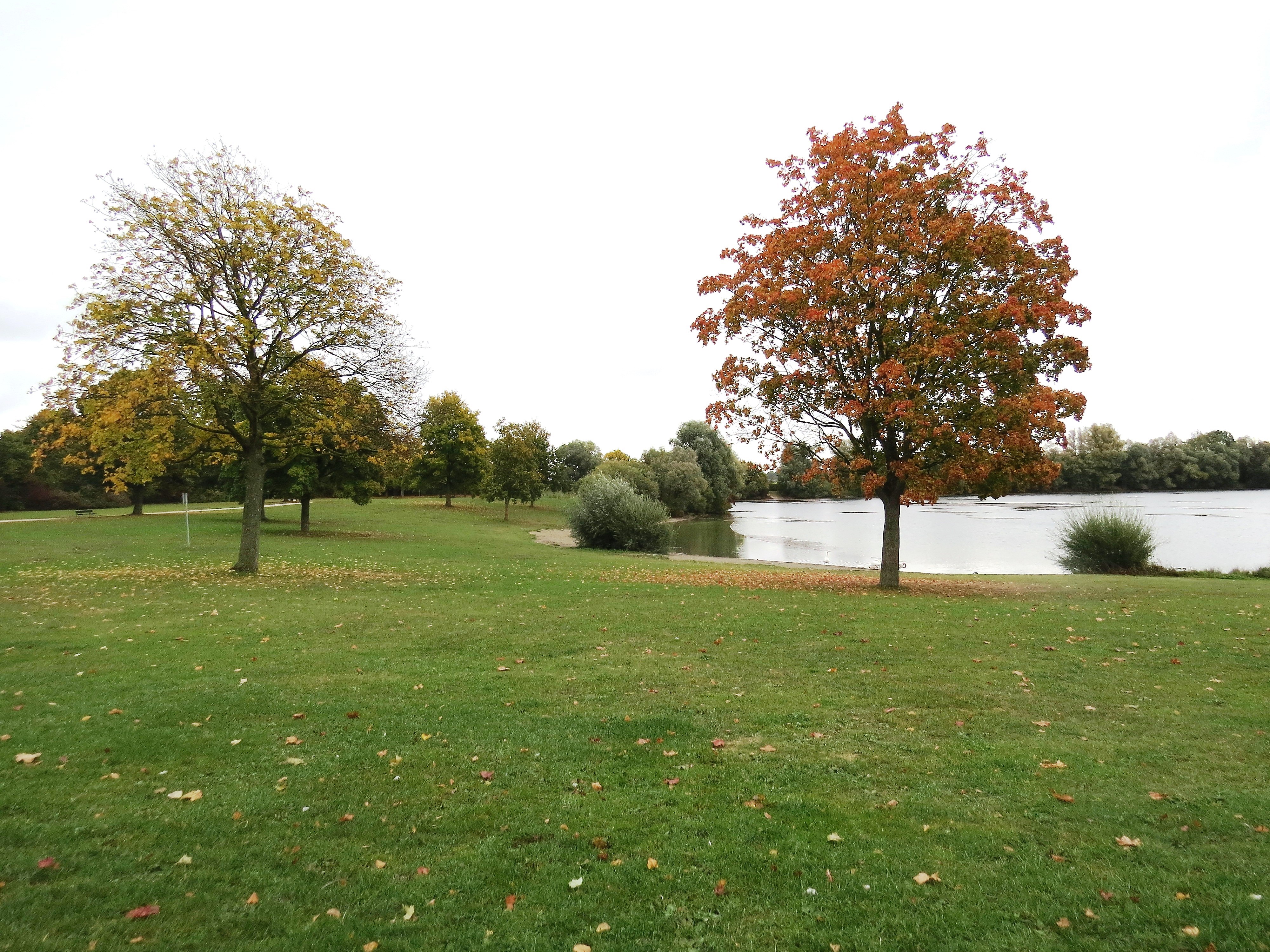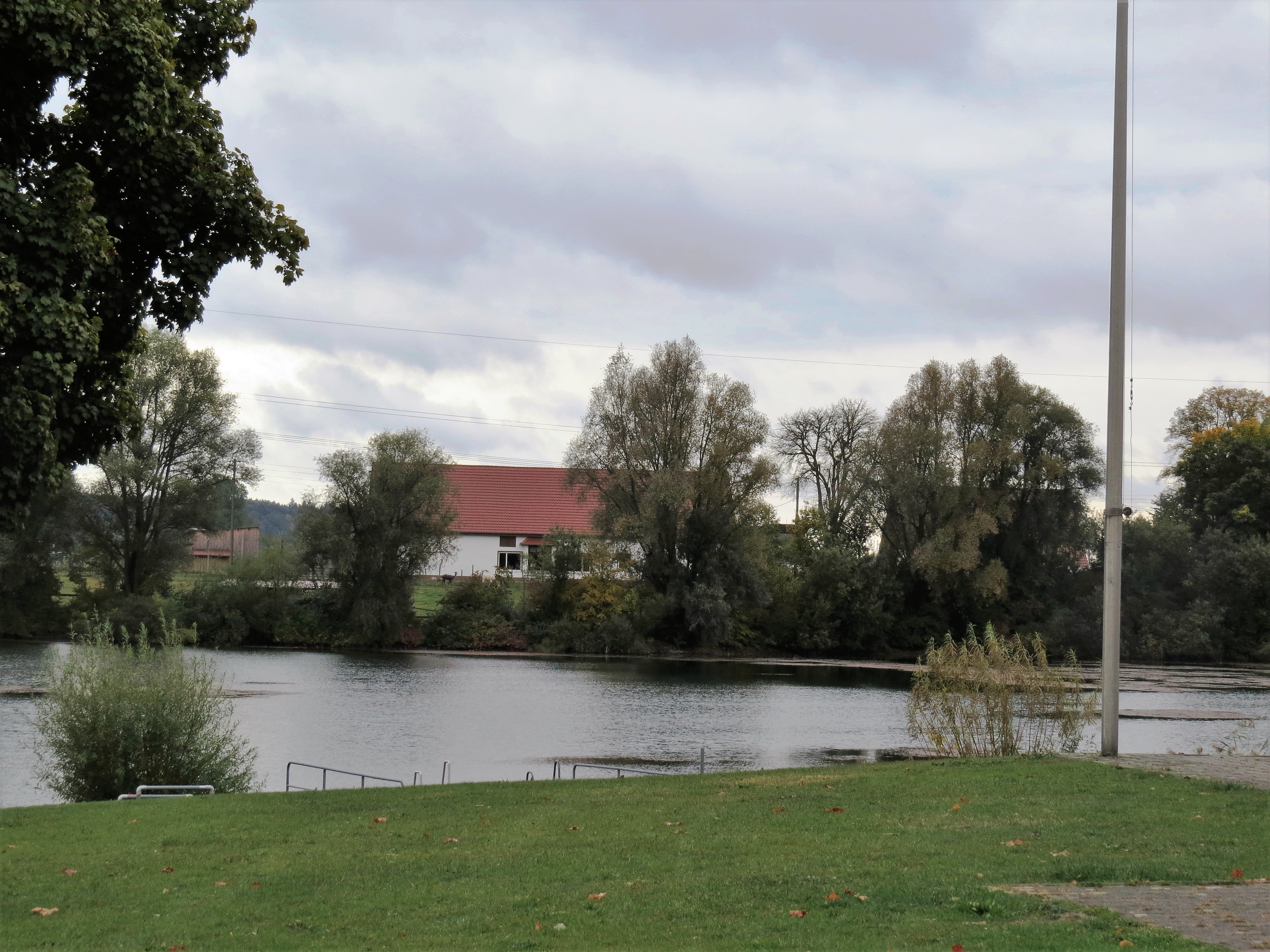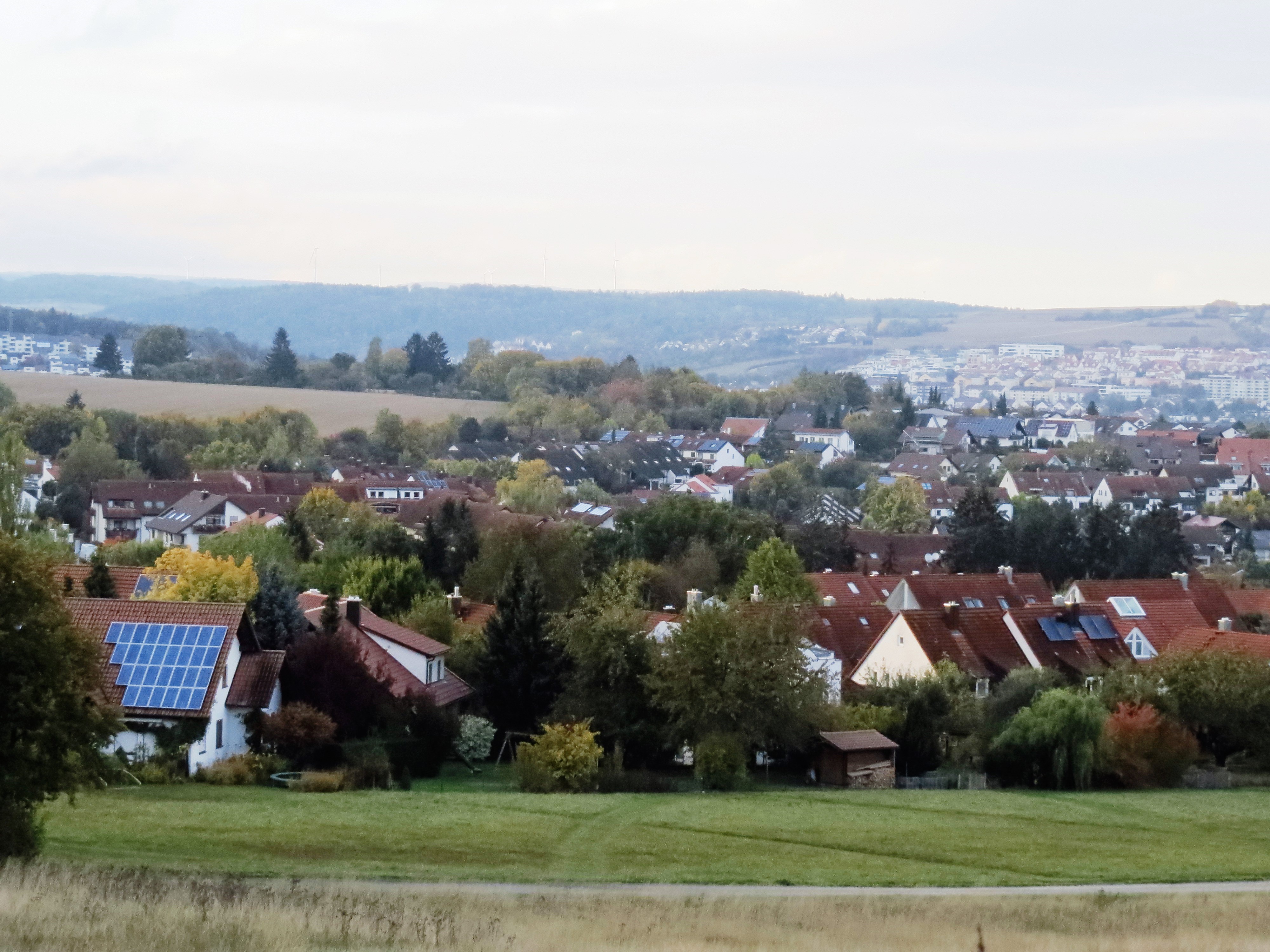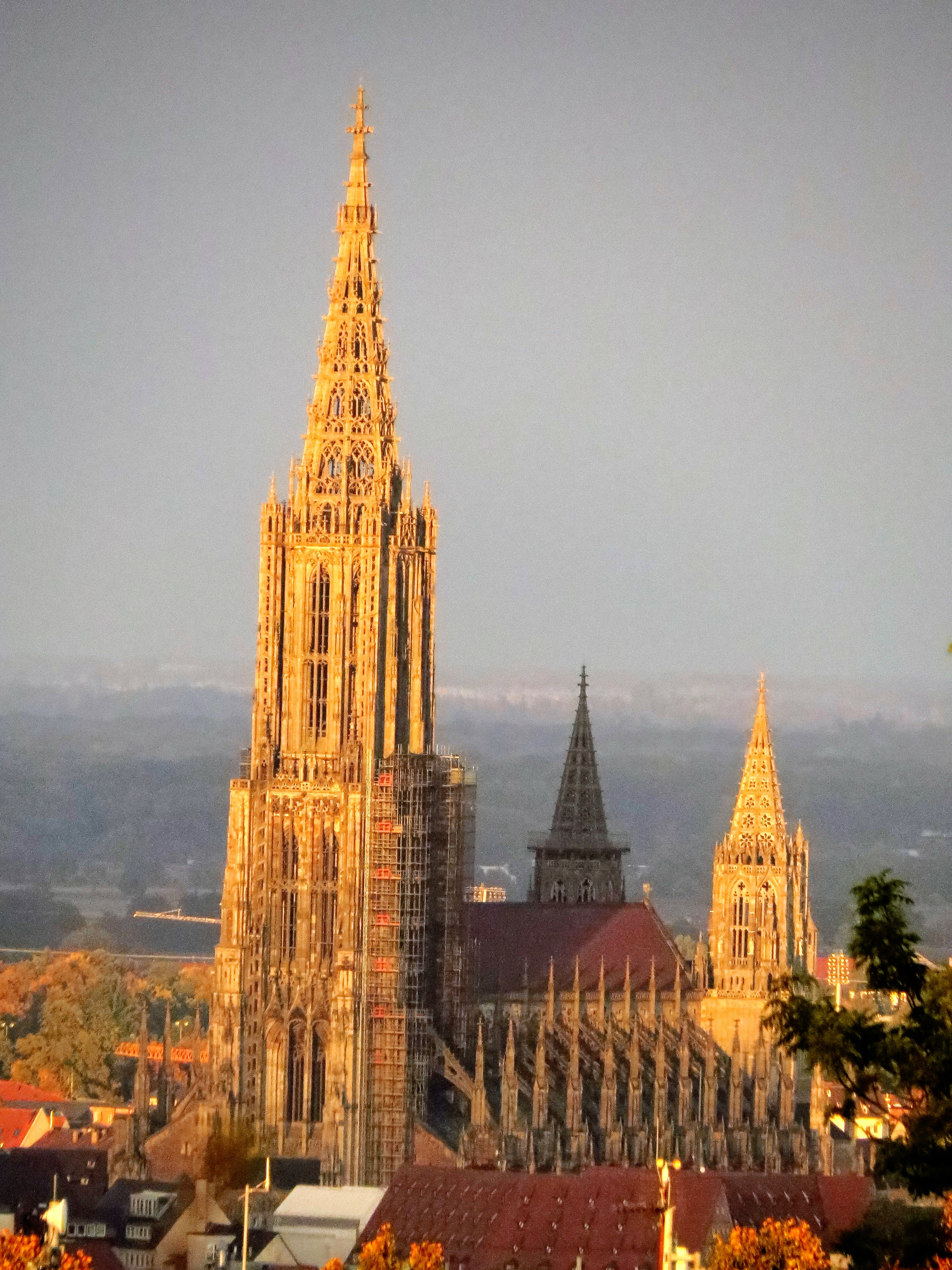If you happen to be in Aachen in the extreme west of Germany, take a day off to visit Monschau. It is a quaint little German town with cobbled streets and the German trademark of half-timbered houses. 
The town is set amidst green forests as it is bang next to the Eifel National Park.
It is connected by bus, though quite limited in number and frequency, to central Aachen and it takes roughly an hour to reach this place.
I had looked up this place on the internet and almost all sites described this place as one “where time has stood still”. Its appearance has, it seems, remained unchanged for the last 300 years. Broadly, we knew that we must see the glass museum, the mustard mill, the Red House and walk around on the cobbled streets of Monschau, taking in the atmosphere. We knew that there will be no time to take a walk in the Eifel National Park or take a cruise in the Rursee reservoir.
Something unplanned happened right at the beginning. We boarded a bus at Aachen, with complete information on where to change buses, with the bus numbers, timings, intermediate stops etc. A mobile phone app called “DB Navigator” is a very handy tool for travel within Germany by public transport. Now Monschau had several bus halts and we chose, with all our worldly wisdom, Monschau Bahnhof as our destination, expecting to get off at the main bus halt there and find ourselves in the midst of the bustling market. But Monschau Bahnhof is in the middle of nowhere!
The bus dropped us there and sped away and we found ourselves on a deserted road with green fields on either side with no human habitation as far as the eye could see but there was a board declaring that it was Monschau.
We cut across the fields and walked on the cycling track which had a quaint shed with benches and tables as in an eating place and carrying the signboard “Monschau Bahnhof”. 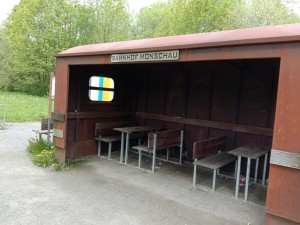 Later, I read that there was a former Railway line Vennbahn which was converted into a bike trail. A woman on roller skates guided us through sign language (as she did not understand English) that we have to turn left and walk on for about 2 kilometres to reach Monschau town.
Later, I read that there was a former Railway line Vennbahn which was converted into a bike trail. A woman on roller skates guided us through sign language (as she did not understand English) that we have to turn left and walk on for about 2 kilometres to reach Monschau town.
In retrospect, it turned out to be a sweet mistake as the walk took us through a forest with a gurgling stream and birds aplenty.

The path was rough, no doubt, and the walk was tiring but we would not have missed it for all the gaiety that Monschau promised. So, we did manage to go on a short hike through the woodlands of Eifel, though personally, I would like to explore the Eifel National Park at leisure someday.
On reaching the town from the wrong side as most people would put it, we spotted the glass museum first.
The display, most of which is also for sale, contained not only the expected glass vases, bowls and plates but exquisitely made swans, dolphins, owls and other figurines in all imaginable mixture of hues.



Entry to the museum is free and the visual treat is not to be missed. The museum also has a workshop at one end where one could watch the process of making glass articles. You can also participate in making a simple glass ball, at a nominal cost. But, apart from choosing the colours and blowing into the pipe when asked to, you do very little but then you get to take with you your “creation”.
Exiting the glass museum, you will soon be engulfed by the winding cobbled streets with its cheerful cafes, neat and quaint houses with blooming flowers on the windowsills and shops selling all kinds of gift items, artefacts and collectables.
Predictably, there were several selling glassware but we came across a unique shop selling traditional, wooden handcrafted items made at a place called Erzgebirge in Germany. Most of the items were tiny and crafted beautifully. Also, frightfully expensive. The river Rur (though it appears more like a stream) courses its way through the town.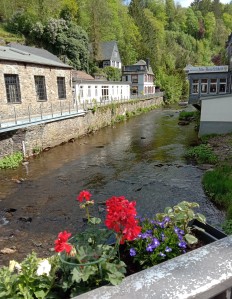
We looked around for a place to have a simple vegetarian lunch and struck gold in our first attempt itself, as we were directed to this tiny cafe called “Huftgold” by the girl in the shop we had entered to buy freshly roasted Arabica coffee seeds. The cafe served us a delicious mustard soup and grilled vegetable sandwiches.
Now, mustard soup is something we were planning to taste at the mustard mill cum shop at Monschau. The mustard mill, set up sometime in the late 1800s, has been with the same family for more than a century and the recipes handed down through the generations. Mustard is an important product of the region and there are mustard museums at several places in Germany and Monschau is one of them. Apart from seeing a mustard mill in action and learning about mustard cultivation and processing, there is a shop which sells mustard in all possible forms – mustard infused chocolates, wines, candles, jams… We missed seeing the museum due to paucity of time.
In the 18th century, Monschau was famous as a textile production centre. Reminiscent of its textile heritage stands the Red House in the middle of the town.
It is a prominent building and as its name suggests, its facade is red, a pinkish-red in fact. It is an 18th-century residence and the business house of the textile merchant Johann Schibler. Four of the seven levels of the house are open to the public and takes the visitor on an interesting journey into the 18th-century affluence. The house displays the original furniture, furnishings, paintings, utensils and other artefacts in an impressive collection. The house is well known for its self-supporting, spiralling oak staircase spanning three floors and depicting different stages of textile production. The textiles of Monschau were famous far and wide though nothing remains of it today but for this heritage building. Red House is closed to visitors at 4 pm and we could admire only the facade.
There is a 13th-century castle too in Monschau. We saw it from afar, after exiting the woodlands and were still trying to find our way into the town centre. Parts of the castle are in ruins and one of its wings houses a Youth Hostel since the First World War. The backdrop of the castle forms a perfect setting for music concerts and other events that are held here during summer.
The bus halt Parkhaus Monschau is quite close to the town centre from where a direct bus took us back to Aachen. Had we alighted here, we would have seen the Red House and the mustard mill but the walk through the forest more than compensated for what we had missed.




